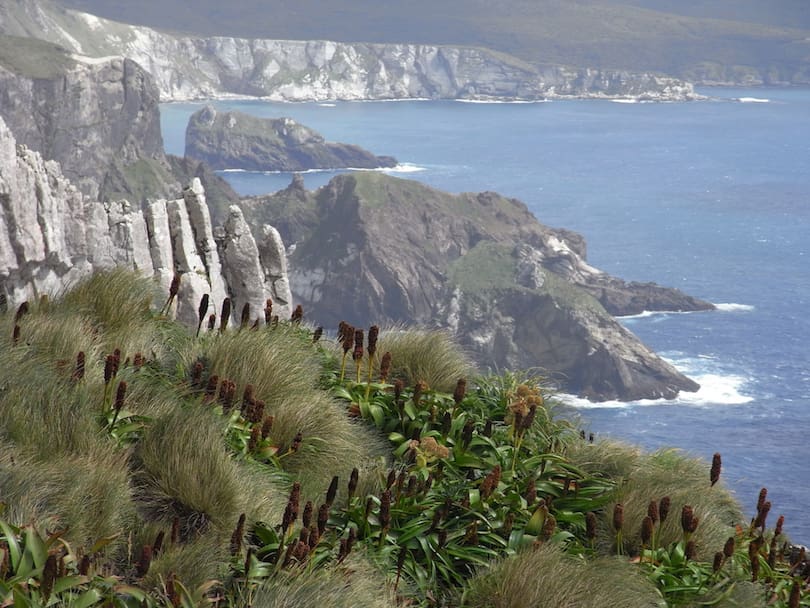Are you planning a visit to the picturesque Chamba valley? This beautiful valley, located in the northern Indian state of Himachal Pradesh, is a must-visit destination for all nature lovers and adventure enthusiasts. With its snow-capped peaks, lush green forests, and pristine rivers, Chamba is a paradise on earth. In this article, we’ll explore the top five places to visit in Chamba that will leave you mesmerized.
Khajjiar
Known as the “mini Switzerland” of India, Khajjiar is a stunning hill station located just 24 km from Chamba. This picturesque town is famous for its lush green meadows, thick deodar forests, and serene lakes. The Khajjiar Lake, with its floating island, is a must-visit spot for all tourists. You can also indulge in various adventure activities such as paragliding, horse riding, and zorbing here.
Chamera Lake
Located at a distance of 25 km from Chamba, Chamera Lake is an artificial lake formed due to the Chamera Dam project. Surrounded by thick pine and deodar forests, this lake offers a tranquil and peaceful environment to its visitors. You can enjoy boating, fishing, and camping here. The panoramic views of the surrounding mountains and valleys make it a photographer’s paradise.
Bhuri Singh Museum
If you’re a history buff, then the Bhuri Singh Museum is a must-visit destination for you. This museum is located in the heart of Chamba town and houses a vast collection of ancient artifacts, sculptures, and manuscripts. The museum also showcases the rich cultural heritage of the region through its exhibits.
Kalatop Wildlife Sanctuary
Spread over an area of 30 sq km, the Kalatop Wildlife Sanctuary is a paradise for wildlife enthusiasts. This sanctuary is home to a variety of rare and endangered species of flora and fauna, including the Himalayan black bear, barking deer, and musk deer. The sanctuary is also famous for its trekking trails that offer breathtaking views of the surrounding mountains.
Manimahesh Lake
Located at an altitude of 4,080 meters, the Manimahesh Lake is a sacred destination for Hindus. According to Hindu mythology, Lord Shiva resides here, and the lake is considered to be a manifestation of his divine powers. The lake is surrounded by snow-capped peaks and offers a serene and peaceful environment to its visitors.
Conclusion
Chamba is a hidden gem in the Himalayas that is waiting to be explored. From stunning hill stations to serene lakes and wildlife sanctuaries, Chamba has something for everyone. So, pack your bags and embark on a journey to this beautiful valley to experience the beauty of nature and create memories that will last a lifetime.
FAQs
- What is the best time to visit Chamba? A: The best time to visit Chamba is from March to June and from September to December.
- How far is Chamba from Delhi? A: Chamba is located at a distance of around 600 km from Delhi.
- Is it safe to travel to Chamba? A: Yes, Chamba is a safe destination for travelers.
- What are the adventure activities one can enjoy in Chamba? A: Visitors can enjoy activities like paragliding, zorbing, and horse riding in Chamba.
- Is there any accommodation available in Chamba? A: Yes, there are a variety of hotels and guesthouses available in Chamba that cater to all budgets.






